Genomics
Introduction
Genomics is the study of the entire genetic material of an organism, known as the genome. This field of study involves the sequencing and analysis of an organism's genome, and the application of this information in various areas such as medicine, biotechnology, anthropology, and other biological sciences. Genomics has revolutionized the biological sciences, providing new insights into the genetic basis of life and disease.
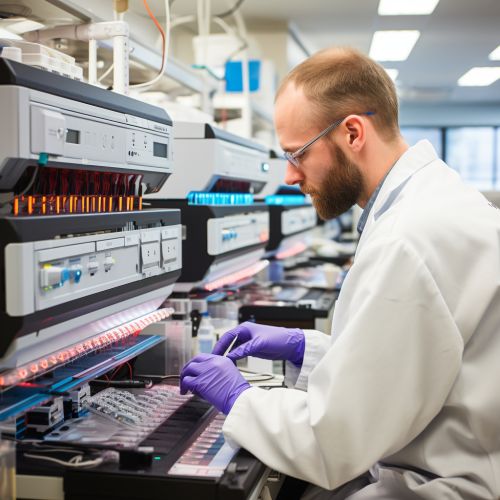
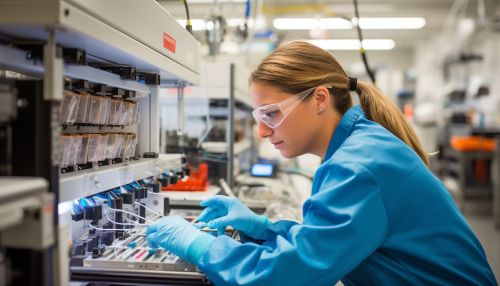
History of Genomics
The field of genomics has its roots in the early 20th century with the discovery of deoxyribonucleic acid (DNA), the molecule that carries genetic information. However, the term "genomics" was first coined in 1986 by Tom Roderick, a geneticist at the Jackson Laboratory in Maine, during a meeting about the recent mapping of the human genome.
The Human Genome Project (HGP), launched in 1990, was a major milestone in genomics. This international research effort aimed to map the entire human genome, a task that was completed in 2003. The HGP has provided a blueprint of the human genome, which has been invaluable in understanding human biology and disease.

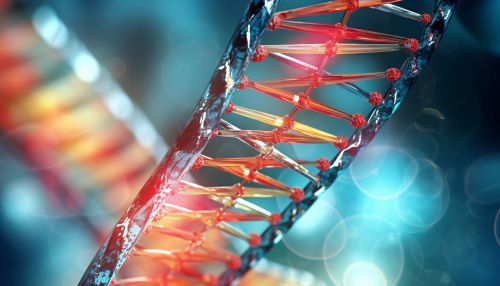
Genomic Sequencing
Genomic sequencing is the process of determining the precise order of nucleotides within a DNA molecule. It includes any method or technology that is used to determine the order of the four bases: adenine, guanine, cytosine, and thymine. The advent of rapid DNA sequencing methods has greatly accelerated biological and medical research and discovery.
The first full DNA sequences to be published were those of bacterial viruses, or bacteriophages. The largest bacteriophage genome, belonging to bacteriophage G, has over 200,000 base pairs. The first full DNA sequence of a free living organism, a bacterium Haemophilus influenzae, was completed in 1995 by the Institute for Genomic Research.
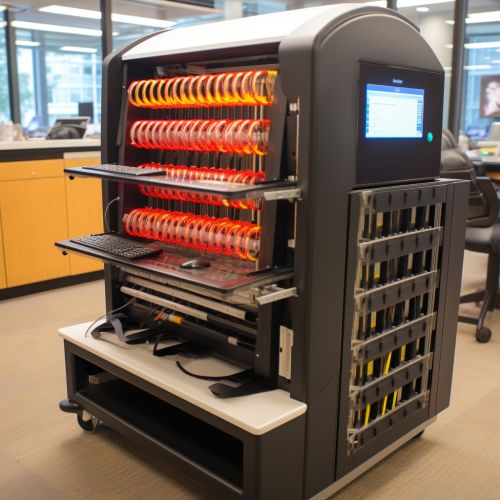
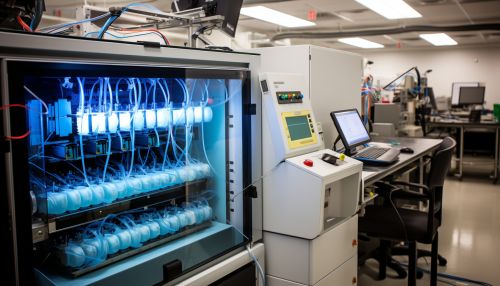
Functional Genomics
Functional genomics is a field of genomics that aims to understand the relationship between an organism's genome and its phenotype. The ultimate goal of functional genomics is to understand the roles of genes and other parts of the genome in making an organism function.
This involves a wide range of experimental and computational methods, including structural genomics, transcriptomics, proteomics, metabolomics, and interaction networks. These methods allow scientists to study how genes and proteins work together in complex networks to drive biological processes.


Comparative Genomics
Comparative genomics is the study of the relationship between the genome sequences of different species. It involves the computational comparison of genetic and physical maps of genomes. This field of study can provide insights into genomic function, evolutionary processes, and species differences.
Comparative genomics has led to the discovery of many conserved sequences across species, which are likely to be functionally important. It has also provided insights into the evolution of genomes and the mechanisms of speciation.


Genomics and Medicine
The application of genomics in medicine, known as genomic medicine, is changing the way we diagnose and treat diseases. Genomic medicine involves using genomic information about an individual as part of their clinical care, and the health outcomes and policy implications of that clinical use.
For example, genomics can be used to identify genetic mutations that cause disease, predict disease risk, and guide treatment decisions. This can lead to more personalized and effective healthcare, known as personalized medicine or precision medicine.


